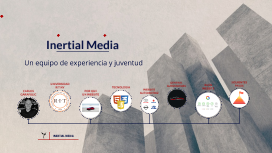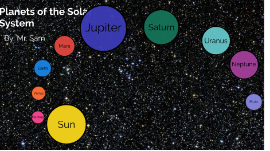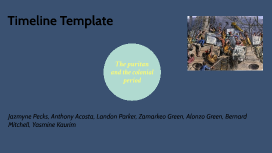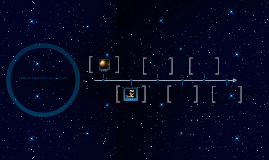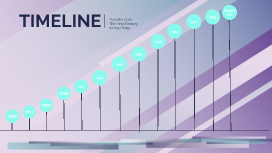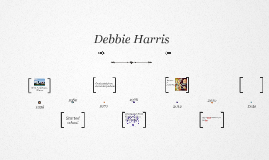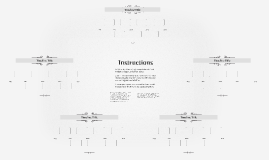Timeline Template Presentation
Transcript: Timeline Template Presentation Creating a Timeline for Your Project Adjusting Colors and Fonts Understanding the Significance of Timelines Customizing Timeline Templates Historical Representation Customizing colors and fonts in a timeline template can enhance visual appeal and align with the project's aesthetics and branding. Choose a cohesive color palette and readable font styles for a professional look. Designing an Impactful Timeline Template Types of Timelines Explore More Timelines Timelines provide a visual representation of events, aiding in tracking progress and deadlines effectively. Inserting Images or Icons Timelines offer a structured way to represent historical data, displaying the sequence of events and their significance, aiding in the analysis and interpretation of historical contexts. Template customization allows for personalization through adjustments in colors, fonts, images, icons, and additional information. Selection of Template Design The selection of the right template design is crucial for creating an engaging and visually appealing timeline. Various types of timelines such as Gantt charts, linear timelines, and interactive timelines offer diverse visual representations suited for different projects and purposes. Dive deeper into the world of timelines and discover innovative ways to utilize them for effective project management and visual storytelling. Educational Purposes Applying Timelines in Various Fields Importance of Timelines Choose a template that aligns with the purpose of your timeline, whether it's for a project, presentation, or educational use. Consider the layout, color scheme, and overall aesthetic to convey the information effectively. Educators utilize timelines to visually depict historical events, sequences of actions, or thematic developments to enhance students' understanding and retention of information. Images and icons can make a timeline visually engaging and illustrative. Select relevant visuals to represent key milestones or events. Use icons to symbolize actions, achievements, or categories within the timeline. Including Timeframes Adding Key Milestones Timelines play a crucial role in project management by outlining tasks, deadlines, and dependencies, ensuring efficient workflow and timely completion. Project Management Timelines serve as essential tools in project management, education, and historical contexts, enabling effective organization and communication of chronological events. Incorporating Additional Information Identify the significant milestones or events that define the timeline's narrative. Include key dates, achievements, and progress points to highlight the timeline's key elements and showcase the progression of the project or history. Incorporate clear timeframes or durations to provide context and a sense of chronology to the timeline. Specify start and end dates, deadlines, or intervals to give a structured timeline representation and aid in understanding the timeline progression. Benefits of Using Timelines In project management, timelines are crucial for setting milestones, allocating resources, and tracking progress to ensure timely completion of tasks and projects. Utilizing timelines enhances communication, improves task prioritization, and fosters team collaboration, resulting in increased productivity and project success. Enhancing a timeline with additional information such as descriptions, comments, or data points provides context and clarity. Consider including tooltips or pop-ups for detailed insights without cluttering the main visual. Getting it ready... Design at work... Adding final touches... Last checks... Thinking cap on... Summarize the final subject here. You can start setting up for a conclusion, too Give a brief overview of the subject here Introduce your subject in a short paragraph Describe the achievement Details Fine-tuning... Thinking cap on... Polishing up... Here's a place to close out the presentation and draw conclusions Adding final touches... Describe key achievements or events Details Details






